
|
European Astronomical Society |
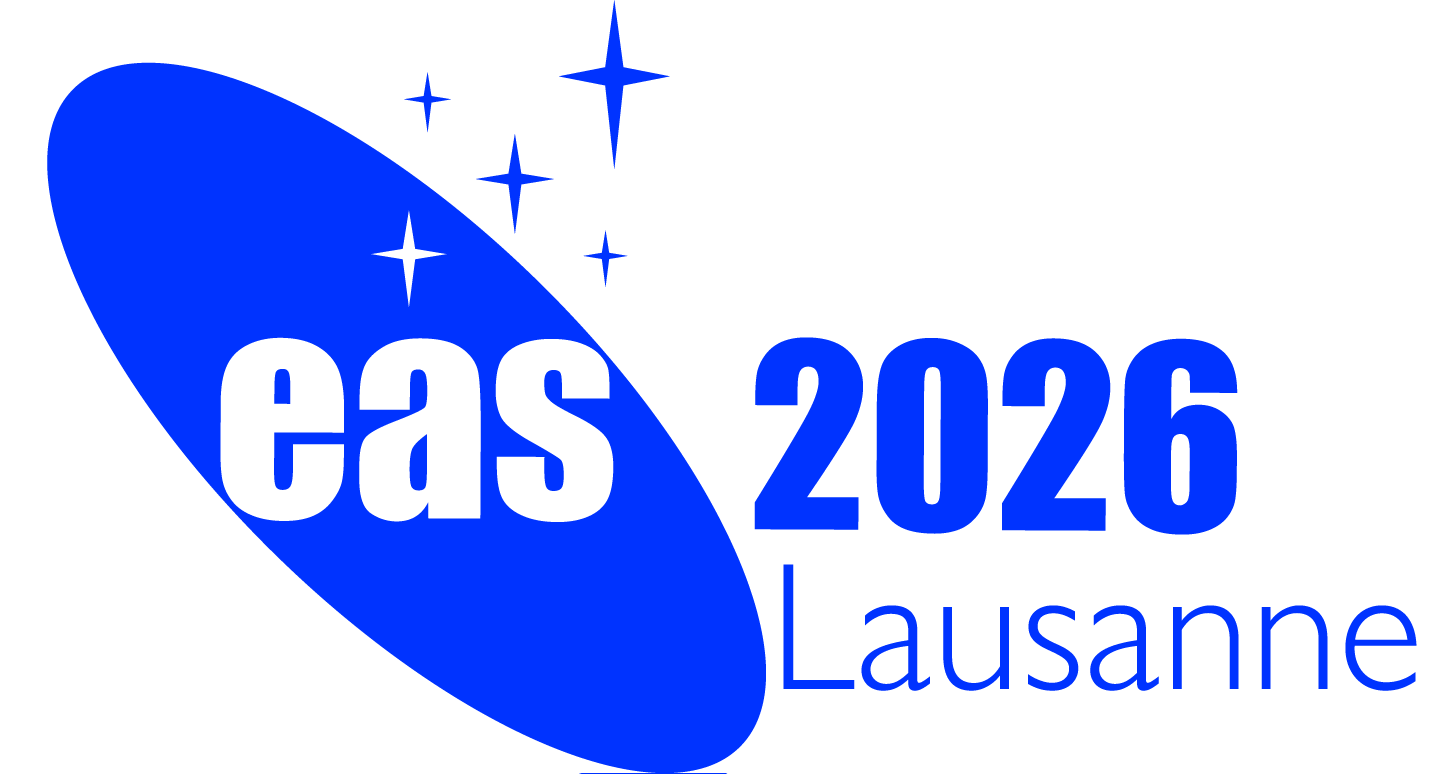
|
About EAS |
ActivitiesEAS Prizes/Fellows |
Service Centre |
EAS Organisational Members
All Members
EAS Organisational Patrons

|
The University of Geneva, founded in 1559, is the second largest in Switzerland. Hosting the Department of Astronomy, it is internationally recognized for high-quality research and teaching in science and humanities. The EAS Office is hosted by the University of Geneva. |
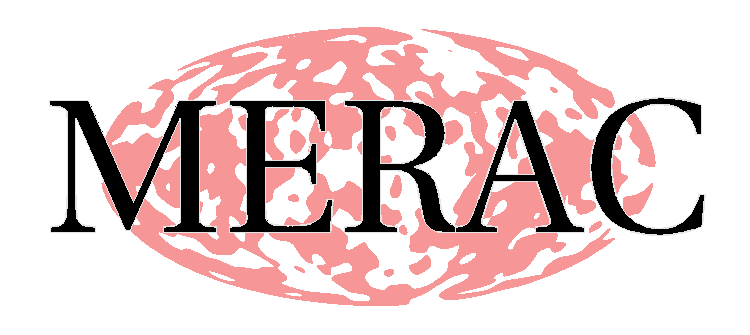
|
FONDATION MERAC (Mobilising European Research in Astrophysics and Cosmology) is a non-profit foundation started in 2012 with headquarters in Switzerland to recognize and support young European astronomers. There are yearly three MERAC Prizes awarded by the EAS. |

|
The European Southern Observatory (ESO), founded in 1962, is the foremost intergovernmental astronomy organisation in Europe. It builds and operates a suite of the world's most advanced ground-based astronomical telescopes. |

|
Springer's business is publishing throughout the world, it provides scientific and professional communities with superior specialist information. Springer sponsors the "Springer Travel Grants" for EAS members. |
|
|
Based at the Jodrell Bank Observatory in the UK, the SKA Observatory is overseeing the design, construction and operation of the Square Kilometre Array (SKA), the world's largest radio telescope. |
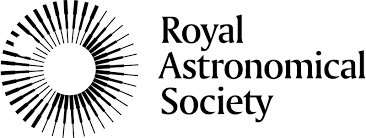
|
The Royal Astronomical Society (RAS), founded in 1820, encourages and promotes the study of astronomy, solar-system science, geophysics and closely related branches of science. |
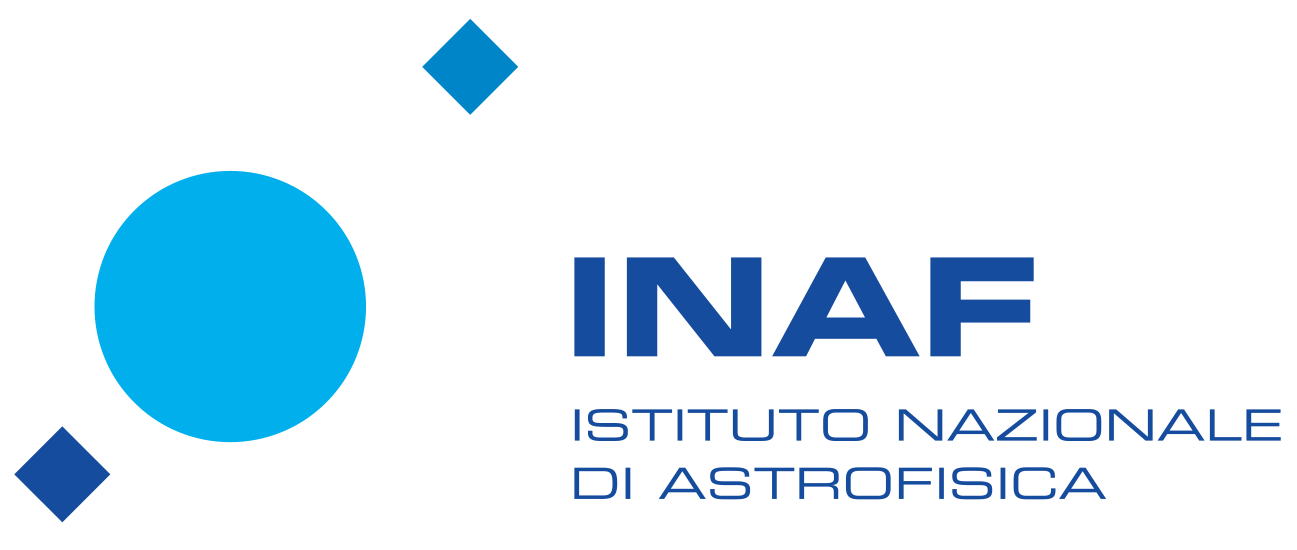
|
The Italian National Institute for Astrophysics, INAF, is the main Italian research institute for the study of the Universe. |

|
The Netherlands Research School for Astronomy, NOVA, is the alliance of the astronomical institutes of the universities of Amsterdam, Groningen, Leiden and Nijmegen. NOVA's mission is to carry out frontline astronomical research in the Netherlands, to train young astronomers, and to share new discoveries with society. |

|
The German Astronomical Society (Astronomische Gesellschaft: AG) is the professional German national association for astronomy and astrophysics. The AG promotes activities in science and research, strengthens exchange between its members and supports the dissemination of science to the public and in education. |
EAS Organisational Sponsors

|
Founded in 1855, ETH Zurich is ranked as one of the best universities in the world. Research at the Institute for Particle Physics and Astrophysics focuses on star and planet formation, as well as extragalactic astrophysics, cosmology and dark matter. |
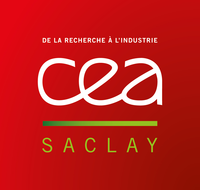
|
CEA is a French government-funded technological research organisation. Saclay, near Paris, is its main centre and hosts the "Service d'Astrophysique (SAp)", which is part of the Institute of Research into the Fundamental Laws of the Universe (Irfu). |

|
Since 1920, the Italian Astronomical Society (SAIt) aims to promote astronomical studies and to spread scientific culture. Supported by the Ministry of Research and Education, SAIt is composed of about 500 professional members, both researchers and teachers. |

|
The CTAO Central Organisation (legally, CTAO ERIC) is responsible for the construction and operation of the Cherenkov Telescope Array Observatory (CTAO), which will become the world's largest observatory dedicated to gamma-ray astronomy. It will feature over 60 telescopes located across both the northern and southern hemispheres. |
|
|
The Fritz Zwicky Foundation (FZS), established on 23 January 1973, holds and manages Fritz Zwicky's entire estate, which is catalogued and archived in the Glarus cantonal library (Landesbibliothek Glarus). The Foundation's objective is to conserve and manage Fritz Zwicky's lifework, and to promote morphological research. |
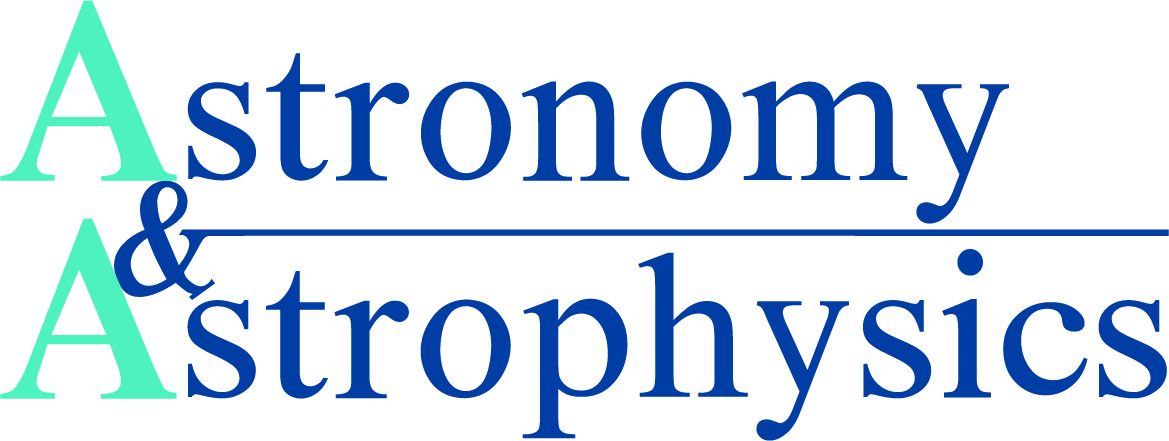
|
Astronomy & Astrophysics is a leading peer-reviewed scientific journal covering theoretical, observational, and instrumental astronomy and astrophysics. The journal is funded by a consortium of 27 countries worldwide. |

|
Established in 1667, l'Observatoire de Paris is the largest astronomy centre in France. Located on three sites, in Paris, Meudon and Nançay, it has the mission to promote astronomical research, training, teaching and outreach. |

|
The Joint Institute for VLBI ERIC (JIVE) is a research infrastructure providing central support to the European VLBI Network. JIVE aims to promote and implement the use of Very Long Baseline Interferometry and other radio astronomical techniques. |
EAS Organisational Affiliates

|
EPFL is a top-ranked research and teaching institution that attracts some of the best intellects in the world to its campus in an idyllic spot overlooking Lake Geneva and facing the Alps. It hosts the Laboratoire d'Astrophysique. |

|
The Instituto de Astrofísica de Canarias (IAC) is one of the leading research centres in Spain, covering theoretical and observational research and instrumentation across most areas of Astrophysics. It has been selected as a "Severo Ochoa Center of Excellence" in research by the Spanish Government. |

|
EDP Sciences, owned by learned societies, is since 1920 a publishing partner of the scientific communities. It produces and publishes international journals (e.g. Astronomy & Astrophysics), books and internet sites. |
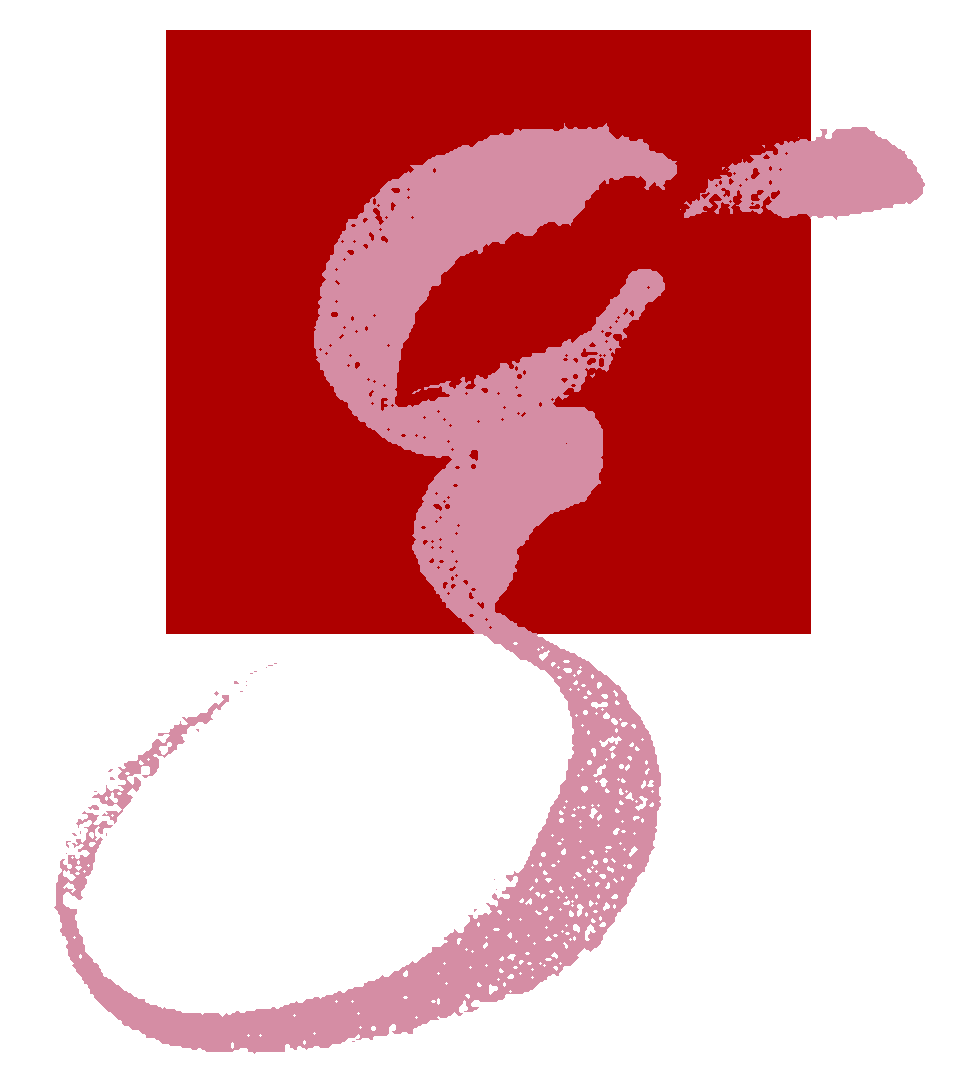
|
The Max Planck Institute for Gravitational Physics (Albert Einstein Institute) was founded in 1995 by the Max Planck Society to pursue research into the fundamental laws of gravitation. With a staff of about 300 people, it covers the entire field of General Relativity from gravitational wave detection to cosmology. |

|
The Spanish Society of Astronomy (SEA), founded in 1992, brings together more than 770 professional astrophysicists. Its main aim is to promote the development of Astronomy in Spain and to provide an independent forum for the discussion of matters of common interest to the Spanish astronomical community. |

|
The Hellenic Astronomical Society (Hel.A.S.) was established in 1993 and is the major organization of professional astronomers in Greece with nearly 250 members. |
| The Finnish Astronomical Society (FAS) was established in 1969 and includes over a hundred members. The members consist of professional astronomers and students, in addition to former professional astronomers who have moved on to teaching or outreach-related activities. The main task of the society is to promote astronomical research in Finland, and to connect astronomers working in different universities in Finland. | |

|
Liverpool John Moores University is one of the leading research-active modern universities in the UK. Its Astrophysics Research Institute (ARI) is a centre of excellence for observational and theoretical research, telescope operation and instrument development, academic learning and outreach. |
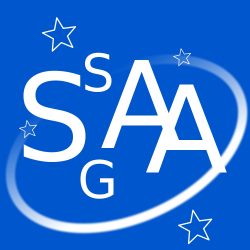
|
The Swiss Society for Astrophysics and Astronomy (SSAA), founded on 9 November 1968, is composed of about 160 astronomy professionals. The society promotes astronomy and outreach in Switzerland. It has been organizing the annual Saas-Fee courses since 1971. |
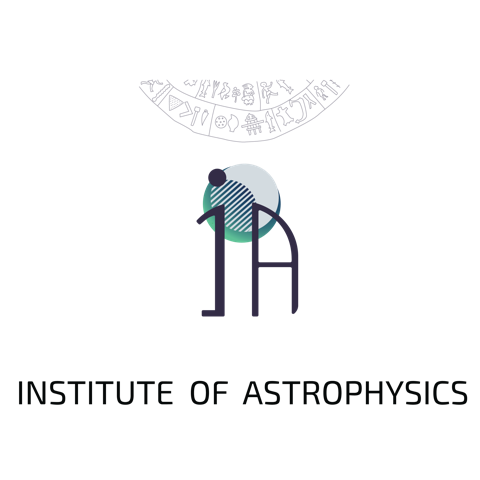
|
The Institute of Astrophysics of the Foundation for Research and Technology - Hellas (IA-FORTH) located on the island of Crete, was founded in 2018. The prime goals of the Institute, the only one in Greece dedicated exclusively in astrophysics, are to foster excellence in research and innovation in select fields of theoretical and observational astrophysics, as well as to train the new generation of scientists and engineers. |
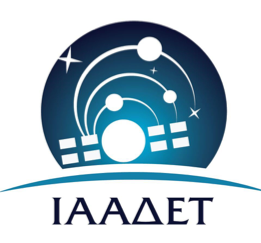
|
The Institute for Astronomy, Astrophysics, Space Applications and Remote Sensing (IAASARS) is one of the three institutes of the National Observatory of Athens (NOA). It obtained its current structure in 2012. The main activities of the Institute involve basic and applied research in a number of topics in astrophysics, from distant galaxies to the solar neighborhood, as well as ground based and space-borne remote sensing, earth observation and signal processing. |
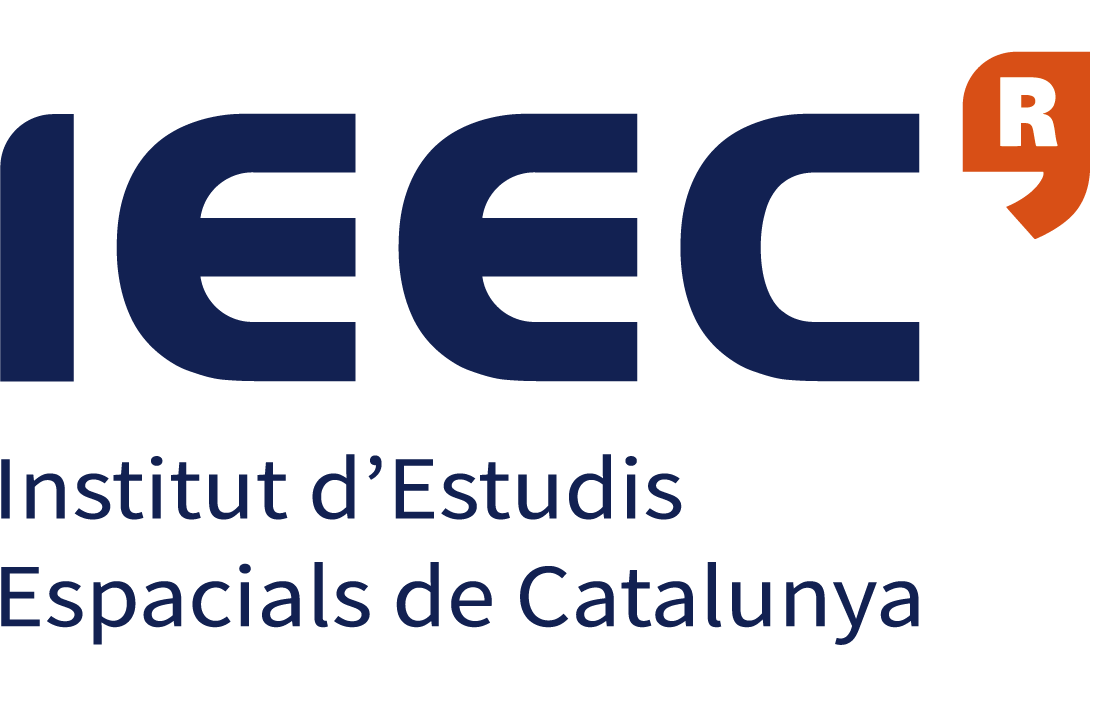
|
The Institute of Space Studies of Catalonia (IEEC - Institut d'Estudis Espacials de Catalunya) promotes and coordinates research and technology development in space sciences in Catalonia, covering areas such as: astrophysics, cosmology, planetary science, and Earth observation. IEEC's engineering division develops instrumentation for ground- and space-based projects, and has extensive experience in working with private or public organisations from aerospace and other innovation sectors. |

|
The Instituto de Astrofísica de Andalucía (IAA-CSIC; Granada, Spain) upholds research in astrophysics, including observational, theoretic and computational projects, and the development of instruments for spacecrafts and telescopes on Earth. It operates the German-Spanish Astronomical Center at Calar Alto, jointly with the Junta de Andalucía. The IAA-CSIC is a "Severo Ochoa Center of Excellence" from the Spanish Government. |

|
The Institute for Astronomy and Astrophysics Tübingen (IAAT) consists of four research units, namely, Astronomy, High Energy Astrophysics, Theoretical Astrophysics, and Computational Physics. Astronomical research at the University of Tübingen has been conducted since 1511, when the Chair of Mathematics and Astronomy was established. The IAAT in its present form was founded by a merger of different facilities in 1995. The focus of IAAT's groups is on spectroscopy of white dwarfs, accretion disks and neutron star thermal emission, stellar activity, the observation of high-energy sources and development of relevant instruments, the sources of gravitational waves, and the formation process of stars and planets. |
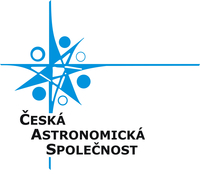
|
The Czech Astronomical Society (CzAS) was founded on December 8, 1917, while the country still belonged to the Austrian Emprire. The Society is closely linked to Czech professional institutions and universities teaching astronomy and astrophysics. The Stefanik Observatory, opened in 1928 in honor of the one of the founders of the new state of Czechoslovakia, Dr Milan Rastislav Stefanik, an astronomer by his original profession, and became the site of the Society. CzAS co-organized the EWASS 2017 in Prague at the occasion of its 100th anniversary. Professional astromomy in the Czech Republic is governed by the Czech National Committee for Astronomy, the section oCzAS that coordinates its activities towards the EAS and the IAU. |

|
The Slovak Astronomical Society (SAS) was established at the founding congress on December 16, 1959. The Society associates professional and amateur astronomers, as well as fans of this scientific field, which has a long and rich tradition in Slovakia. The activities of the Society are carried out in seven branches and in nine specialised sections. In addition to its professional activities, the Society focuses mainly on education and outreach of astronomy among the public, especially among young people. Every year it organizes several conferences, workshops, expeditions, and youth astrocamps, knowledge, and astrophotography competitions, public lectures, and night sky observations. The Society is very active in the field of dark and quite sky protection. |
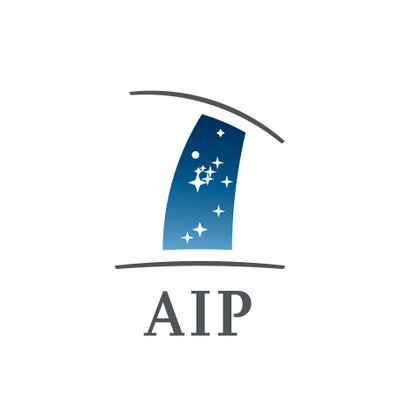
|
The Leibniz Institute for Astrophysics Potsdam (AIP), located in Potsdam, Germany, is a research institution dedicated to astrophysical questions ranging from the exploration of our Sun to the evolution of the cosmos. It focuses on the study of cosmic magnetic fields, extragalactic astrophysics and the development of research technologies in the fields of spectroscopy, robotic telescopes and E-science. The AIP is the successor of the Berlin Observatory founded in 1700 and of the Astrophysical Observatory of Potsdam founded in 1874. The latter was the world?s first observatory to emphasize explicitly the research area of astrophysics. |

|
Europlanet is an international association, open to individual and organisational members, that promotes the advancement of planetary science through access to infrastructure and networking activities. It is the parent organisation of the Europlanet Science Congress (EPSC), the largest annual meeting on planetary science in Europe. |
Patrons
EAS Organisational Patrons

|
The University of Geneva, founded in 1559, is the second largest in Switzerland. Hosting the Department of Astronomy, it is internationally recognized for high-quality research and teaching in science and humanities. The EAS Office is hosted by the University of Geneva. |

|
FONDATION MERAC (Mobilising European Research in Astrophysics and Cosmology) is a non-profit foundation started in 2012 with headquarters in Switzerland to recognize and support young European astronomers. There are yearly three MERAC Prizes awarded by the EAS. |

|
The European Southern Observatory (ESO), founded in 1962, is the foremost intergovernmental astronomy organisation in Europe. It builds and operates a suite of the world's most advanced ground-based astronomical telescopes. |

|
Springer's business is publishing throughout the world, it provides scientific and professional communities with superior specialist information. Springer sponsors the "Springer Travel Grants" for EAS members. |
|
|
Based at the Jodrell Bank Observatory in the UK, the SKA Observatory is overseeing the design, construction and operation of the Square Kilometre Array (SKA), the world's largest radio telescope. |

|
The Royal Astronomical Society (RAS), founded in 1820, encourages and promotes the study of astronomy, solar-system science, geophysics and closely related branches of science. |

|
The Italian National Institute for Astrophysics, INAF, is the main Italian research institute for the study of the Universe. |

|
The Netherlands Research School for Astronomy, NOVA, is the alliance of the astronomical institutes of the universities of Amsterdam, Groningen, Leiden and Nijmegen. NOVA's mission is to carry out frontline astronomical research in the Netherlands, to train young astronomers, and to share new discoveries with society. |

|
The German Astronomical Society (Astronomische Gesellschaft: AG) is the professional German national association for astronomy and astrophysics. The AG promotes activities in science and research, strengthens exchange between its members and supports the dissemination of science to the public and in education. |
Sponsors
EAS Organisational Sponsors

|
Founded in 1855, ETH Zurich is ranked as one of the best universities in the world. Research at the Institute for Particle Physics and Astrophysics focuses on star and planet formation, as well as extragalactic astrophysics, cosmology and dark matter. |

|
CEA is a French government-funded technological research organisation. Saclay, near Paris, is its main centre and hosts the "Service d'Astrophysique (SAp)", which is part of the Institute of Research into the Fundamental Laws of the Universe (Irfu). |

|
Since 1920, the Italian Astronomical Society (SAIt) aims to promote astronomical studies and to spread scientific culture. Supported by the Ministry of Research and Education, SAIt is composed of about 500 professional members, both researchers and teachers. |

|
The CTAO Central Organisation (legally, CTAO ERIC) is responsible for the construction and operation of the Cherenkov Telescope Array Observatory (CTAO), which will become the world's largest observatory dedicated to gamma-ray astronomy. It will feature over 60 telescopes located across both the northern and southern hemispheres. |
|
|
The Fritz Zwicky Foundation (FZS), established on 23 January 1973, holds and manages Fritz Zwicky's entire estate, which is catalogued and archived in the Glarus cantonal library (Landesbibliothek Glarus). The Foundation's objective is to conserve and manage Fritz Zwicky's lifework, and to promote morphological research. |

|
Astronomy & Astrophysics is a leading peer-reviewed scientific journal covering theoretical, observational, and instrumental astronomy and astrophysics. The journal is funded by a consortium of 27 countries worldwide. |

|
Established in 1667, l'Observatoire de Paris is the largest astronomy centre in France. Located on three sites, in Paris, Meudon and Nançay, it has the mission to promote astronomical research, training, teaching and outreach. |

|
The Joint Institute for VLBI ERIC (JIVE) is a research infrastructure providing central support to the European VLBI Network. JIVE aims to promote and implement the use of Very Long Baseline Interferometry and other radio astronomical techniques. |
Affiliates
EAS Organisational Affiliates

|
EPFL is a top-ranked research and teaching institution that attracts some of the best intellects in the world to its campus in an idyllic spot overlooking Lake Geneva and facing the Alps. It hosts the Laboratoire d'Astrophysique. |

|
The Instituto de Astrofísica de Canarias (IAC) is one of the leading research centres in Spain, covering theoretical and observational research and instrumentation across most areas of Astrophysics. It has been selected as a "Severo Ochoa Center of Excellence" in research by the Spanish Government. |

|
EDP Sciences, owned by learned societies, is since 1920 a publishing partner of the scientific communities. It produces and publishes international journals (e.g. Astronomy & Astrophysics), books and internet sites. |

|
The Max Planck Institute for Gravitational Physics (Albert Einstein Institute) was founded in 1995 by the Max Planck Society to pursue research into the fundamental laws of gravitation. With a staff of about 300 people, it covers the entire field of General Relativity from gravitational wave detection to cosmology. |

|
The Spanish Society of Astronomy (SEA), founded in 1992, brings together more than 770 professional astrophysicists. Its main aim is to promote the development of Astronomy in Spain and to provide an independent forum for the discussion of matters of common interest to the Spanish astronomical community. |

|
The Hellenic Astronomical Society (Hel.A.S.) was established in 1993 and is the major organization of professional astronomers in Greece with nearly 250 members. |
| The Finnish Astronomical Society (FAS) was established in 1969 and includes over a hundred members. The members consist of professional astronomers and students, in addition to former professional astronomers who have moved on to teaching or outreach-related activities. The main task of the society is to promote astronomical research in Finland, and to connect astronomers working in different universities in Finland. | |

|
Liverpool John Moores University is one of the leading research-active modern universities in the UK. Its Astrophysics Research Institute (ARI) is a centre of excellence for observational and theoretical research, telescope operation and instrument development, academic learning and outreach. |

|
The Swiss Society for Astrophysics and Astronomy (SSAA), founded on 9 November 1968, is composed of about 160 astronomy professionals. The society promotes astronomy and outreach in Switzerland. It has been organizing the annual Saas-Fee courses since 1971. |

|
The Institute of Astrophysics of the Foundation for Research and Technology - Hellas (IA-FORTH) located on the island of Crete, was founded in 2018. The prime goals of the Institute, the only one in Greece dedicated exclusively in astrophysics, are to foster excellence in research and innovation in select fields of theoretical and observational astrophysics, as well as to train the new generation of scientists and engineers. |

|
The Institute for Astronomy, Astrophysics, Space Applications and Remote Sensing (IAASARS) is one of the three institutes of the National Observatory of Athens (NOA). It obtained its current structure in 2012. The main activities of the Institute involve basic and applied research in a number of topics in astrophysics, from distant galaxies to the solar neighborhood, as well as ground based and space-borne remote sensing, earth observation and signal processing. |

|
The Institute of Space Studies of Catalonia (IEEC - Institut d'Estudis Espacials de Catalunya) promotes and coordinates research and technology development in space sciences in Catalonia, covering areas such as: astrophysics, cosmology, planetary science, and Earth observation. IEEC's engineering division develops instrumentation for ground- and space-based projects, and has extensive experience in working with private or public organisations from aerospace and other innovation sectors. |

|
The Instituto de Astrofísica de Andalucía (IAA-CSIC; Granada, Spain) upholds research in astrophysics, including observational, theoretic and computational projects, and the development of instruments for spacecrafts and telescopes on Earth. It operates the German-Spanish Astronomical Center at Calar Alto, jointly with the Junta de Andalucía. The IAA-CSIC is a "Severo Ochoa Center of Excellence" from the Spanish Government. |

|
The Institute for Astronomy and Astrophysics Tübingen (IAAT) consists of four research units, namely, Astronomy, High Energy Astrophysics, Theoretical Astrophysics, and Computational Physics. Astronomical research at the University of Tübingen has been conducted since 1511, when the Chair of Mathematics and Astronomy was established. The IAAT in its present form was founded by a merger of different facilities in 1995. The focus of IAAT's groups is on spectroscopy of white dwarfs, accretion disks and neutron star thermal emission, stellar activity, the observation of high-energy sources and development of relevant instruments, the sources of gravitational waves, and the formation process of stars and planets. |

|
The Czech Astronomical Society (CzAS) was founded on December 8, 1917, while the country still belonged to the Austrian Emprire. The Society is closely linked to Czech professional institutions and universities teaching astronomy and astrophysics. The Stefanik Observatory, opened in 1928 in honor of the one of the founders of the new state of Czechoslovakia, Dr Milan Rastislav Stefanik, an astronomer by his original profession, and became the site of the Society. CzAS co-organized the EWASS 2017 in Prague at the occasion of its 100th anniversary. Professional astromomy in the Czech Republic is governed by the Czech National Committee for Astronomy, the section oCzAS that coordinates its activities towards the EAS and the IAU. |

|
The Slovak Astronomical Society (SAS) was established at the founding congress on December 16, 1959. The Society associates professional and amateur astronomers, as well as fans of this scientific field, which has a long and rich tradition in Slovakia. The activities of the Society are carried out in seven branches and in nine specialised sections. In addition to its professional activities, the Society focuses mainly on education and outreach of astronomy among the public, especially among young people. Every year it organizes several conferences, workshops, expeditions, and youth astrocamps, knowledge, and astrophotography competitions, public lectures, and night sky observations. The Society is very active in the field of dark and quite sky protection. |

|
The Leibniz Institute for Astrophysics Potsdam (AIP), located in Potsdam, Germany, is a research institution dedicated to astrophysical questions ranging from the exploration of our Sun to the evolution of the cosmos. It focuses on the study of cosmic magnetic fields, extragalactic astrophysics and the development of research technologies in the fields of spectroscopy, robotic telescopes and E-science. The AIP is the successor of the Berlin Observatory founded in 1700 and of the Astrophysical Observatory of Potsdam founded in 1874. The latter was the world?s first observatory to emphasize explicitly the research area of astrophysics. |

|
Europlanet is an international association, open to individual and organisational members, that promotes the advancement of planetary science through access to infrastructure and networking activities. It is the parent organisation of the Europlanet Science Congress (EPSC), the largest annual meeting on planetary science in Europe. |
Classes
The EAS has created in 2011 a new membership category, the Organisational Members. Organisational Members are either public or private entities which play an important role in European astronomy and express through their membership their support to the community of astronomers. A vibrant community is indeed essential to develop and keep a vigorous program of astronomical research in Europe.
The Organisational Membership of the EAS is divided in three different categories with different yearly fees and benefits:
- Organisational Affiliates contribute to EAS yearly at least 1000 € and enjoy a series of interesting benefits.
- Organisational Sponsors contribute to EAS yearly at least 2000 € and enjoy additional benefits to those of Organisational Affiliates.
- Organisational Patrons contribute to EAS yearly at least 5000 € and enjoy additional benefits to those of Organisational Sponsors.
Benefits
Benefits
Benefits of Organisational Membership of EAS
Described for three different sub-categories of organisational member
(July 2024)
EAS Organisational Affiliates
Yearly contribution to EAS: at least 1000 €
Benefits include:
General:- EAS web page listing, including logo, link, and short description of the organisation or company
- Free placing of up to two job advertisements per year (now free for all, but in future only free for members)
- One free nominated EAS membership (within the limits of the EAS constitution)
- Short article presenting organisation/company in the EAS e-Newsletter (once, new members only)
- One free registration at the yearly EAS annual meeting
- Discounted rate (50%) for exhibition space at the yearly EAS annual meeting
- Mention of new organisational members by EAS president during the opening ceremony of the yearly EAS annual meeting
EAS Organisational Sponsors
Yearly contribution to EAS: at least 2000 €
Benefits include:
General:- EAS web page listing, including logo, link, and short description of the organisation or company
- Free placing of up to of five job advertisements per year (now free for all, but in future only free for members)
- One free nominated EAS membership for every 1000 €/year contributed to the EAS
- Short article presenting organisation/company in the EAS e-Newsletter (once, new members only)
- One free registration at the yearly EAS annual meeting for every 1000 €/year contributed to the EAS
- Discounted rate (50%) for exhibition space at the yearly EAS annual meeting
- Opportunity to include company flyers in the EAS annual meeting registration packages (at cost price)
- Mention of new organisational members by EAS president during the opening ceremony of the yearly EAS annual meeting
- Invitation (one person max per Organisational Sponsor) to the President's reception during the EAS annual meeting. Other invitees may include (current and past) EAS President and Council members, MERAC and Fritz Zwicky prize winners, Tycho Brahe medal winners and Lodewijk Woltjer lecturers, key invited plenary speakers.
EAS Organisational Patrons
Yearly contribution to EAS: at least 5000 €
Benefits include:
General:- EAS web page listing, including logo, link, and short description of the organisation or company
- Unlimited free placing of Job advertisements (now free for all, but in future only free for members)
- One free nominated EAS membership for every 1000 €/year contributed to the EAS (maximum 5 free memberships)
- Short article presenting organisation/company in the EAS e-Newsletter (once, new members only)
- One free registration at the yearly EAS annual meeting for every 1000 €/year contributed to the EAS (maximum 5 free registrations)
- Free standard-size exhibition space at the EAS annual meeting
- Opportunity to include company flyers in the EAS annual meeting registration packages (at cost price)
- Mention of new organisational members by EAS president during the opening ceremony of the yearly EAS annual meeting
- Possibility of giving short presentation during the EAS annual meeting, possibly in a suitably themed special parallel session (once, new Patrons only)
- Invitation (two persons max per organisational patron) to the President's reception during the EAS annual meeting. Other invitees may include (current and past) EAS President and Council members, MERAC and Fritz Zwicky prize winners, Tycho Brahe medal winners and Lodewijk Woltjer lecturers, key invited plenary speakers.